Advertisement
64 Foods High In Iron, So You Can Achieve Your Iron Level Goals

Iron is one of the most important nutrients in our bodies. It's responsible for making two oxygen-carrying proteins, called hemoglobin and myoglobin, and without enough iron, you may feel fatigued, dizzy, and exhausted1. The general recommendation for Americans is 8 mg a day for men, 18 mg daily for women, but iron is the most common nutritional deficiency worldwide, with iron-deficiency anemia affecting 4 to 5 million people yearly2.
But fear not—getting enough iron can be easy when you know the right sources (and checking your levels can be as easy as getting a blood test). Here's our comprehensive list of healthy foods high in iron.
Animal sources (heme iron):
Shellfish & seafood
These foods are a great source of iron, particularly shellfish.
Finfish
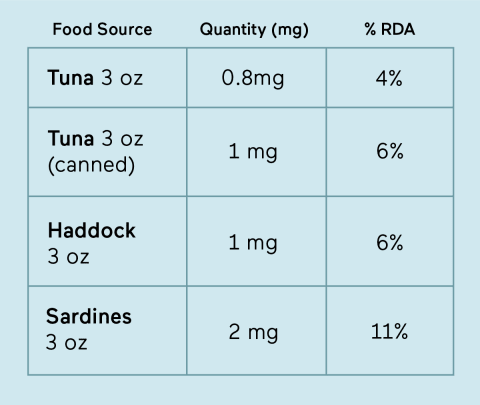
Shellfish
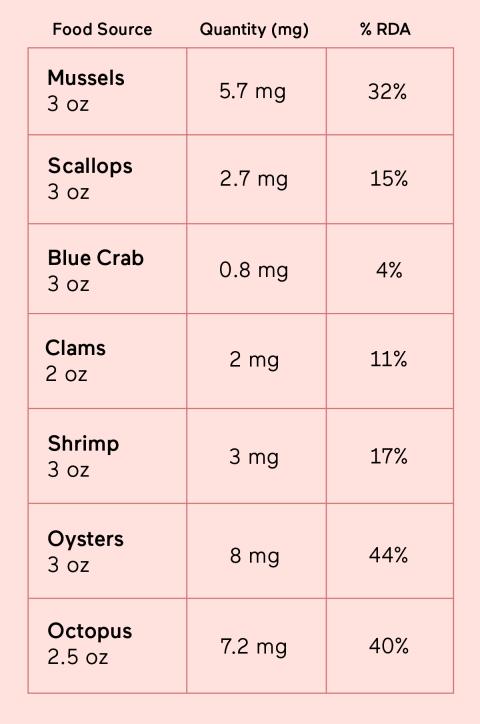
Poultry
Poultry (particularly liver and dark meat) can also be an excellent source of iron.
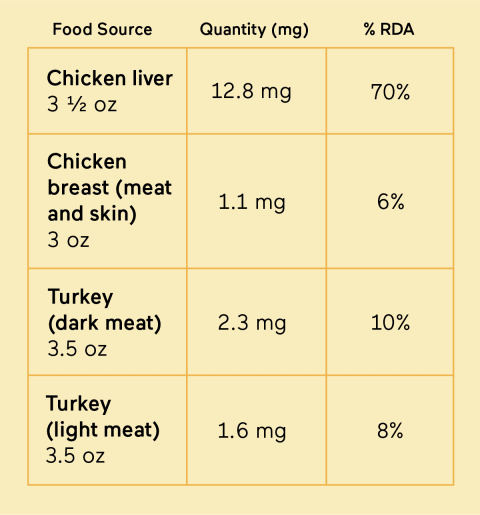
Eggs
Yes, your omelet can help you meet your iron needs. Two eggs would give you 12% of your daily recommended amount!
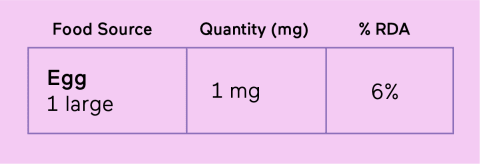
Meat, pork & organ meats
Red meat has long been considered a good source of iron (pork, too!) with organ meats being particularly high in the mineral.
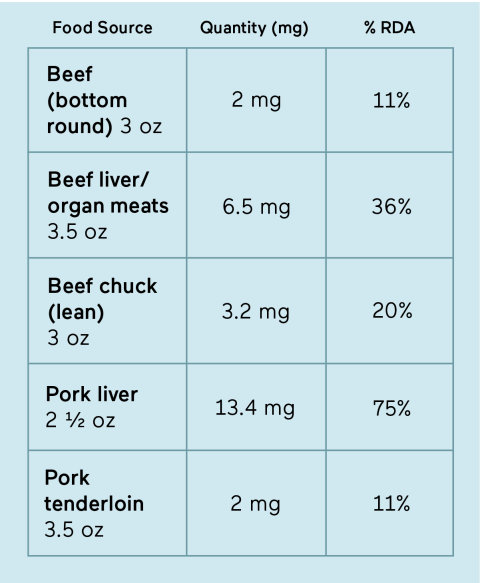
Plant-sources (non-heme iron):
Plant-based sources of iron contain non-heme iron, which, though less absorbable to our bodies, can help us to reach the daily amount of iron that we need. To boost non-heme iron absorption, you might want to eat more of these foods or pair them with vitamin C4 or a heme source.
Fruits & vegetables
Fruits and vegetables can help you meet your iron needs. In particular, green vegetables are key, but there are some surprising ones here, too.

Beans
Beans are a great mineral- and nutrient-packed food, including (you guessed it!) iron.
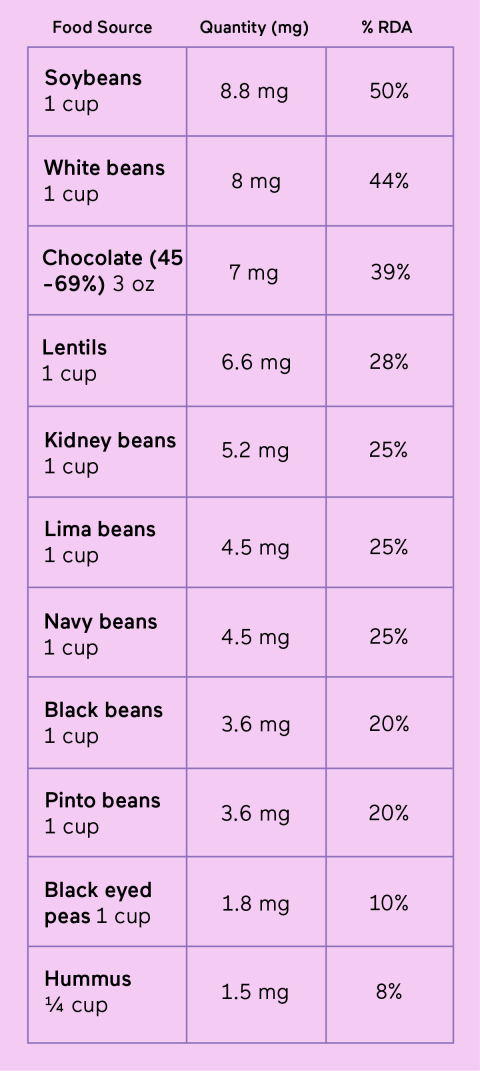
Nuts & seeds
Another great source of protein, fat, and fiber, nutritious nuts are also a source of plant-based iron.
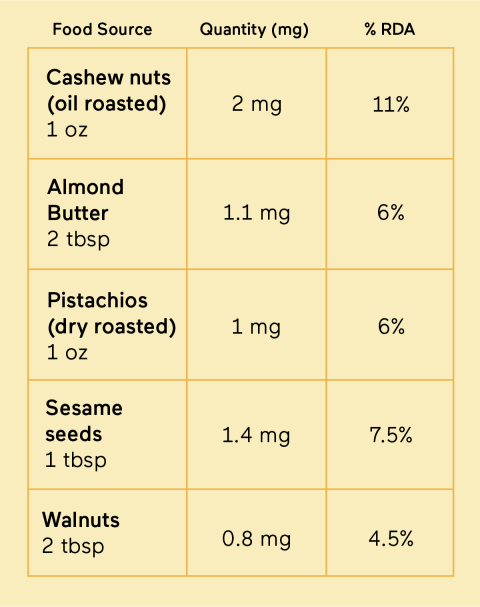
Grains & cereals
Grains—particularly fortified grains—can help you meet your iron needs daily, but the less-processed and unfortified grains are also good sources of non-heme iron. Additionally, sources like molasses can help you meet your needs, too.
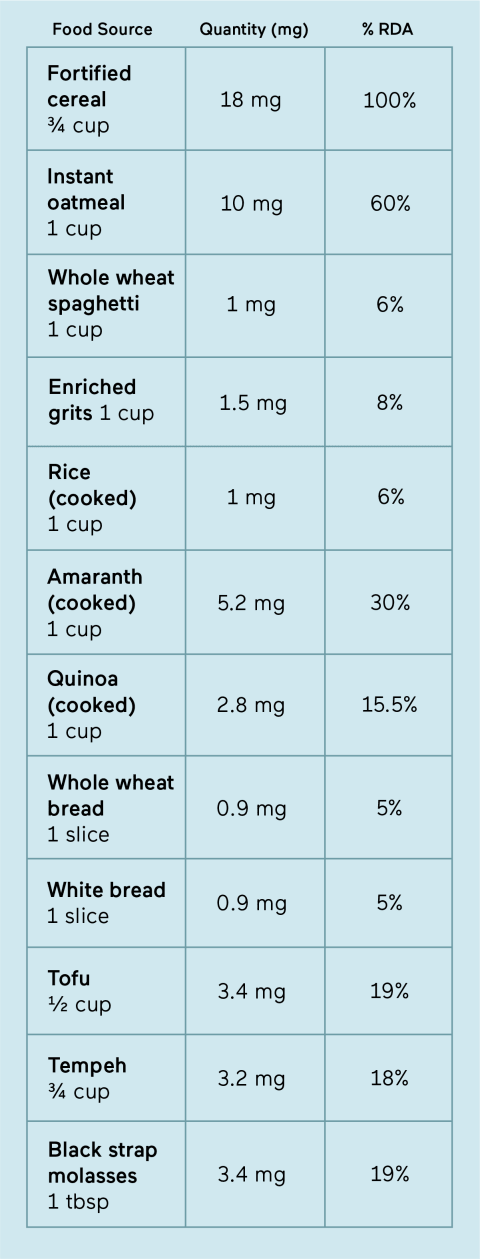
What about supplements?
Iron supplements can be another great way to get the iron you need if you're having trouble absorbing and need a booster. I generally recommend that people try to boost their food sources of iron first, then look to iron supplements (you can also look to iron-fortified foods).
Research shows that chelated forms of iron (iron attached to an amino acid) are linked to fewer digestive side effects3 than other types of iron. Plus, ferrous forms tend to be more easily absorbed by the body. So a good form of iron to look for on supplement labels is ferrous bisglycinate chelate.
A multivitamin that provides 8-18 milligrams of iron is a good choice to support healthy iron levels in most adults.* Check out our expert-vetted list of the best multivitamins.
The bottom line.
You can absolutely achieve your iron intake goals through both animal- and plant-based sources. If you're looking for more iron in your food, take a look at this list above and try to incorporate more iron into your every day.
You'll likely need more sources of plant-based iron due to absorption, but the good news is that there are plenty of sources to pick from, and if you do end up needing an iron supplement, there are also plenty of options as well.